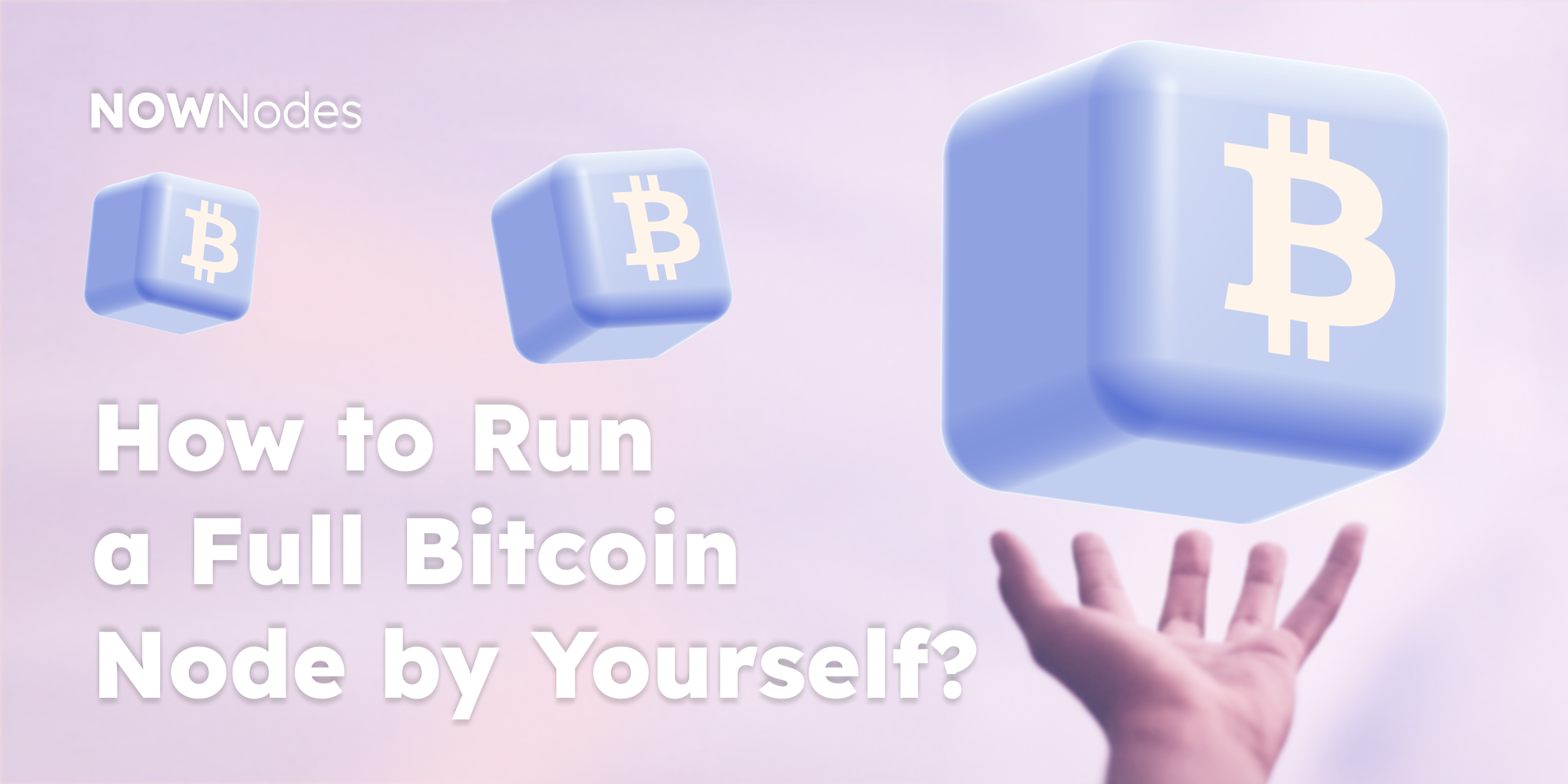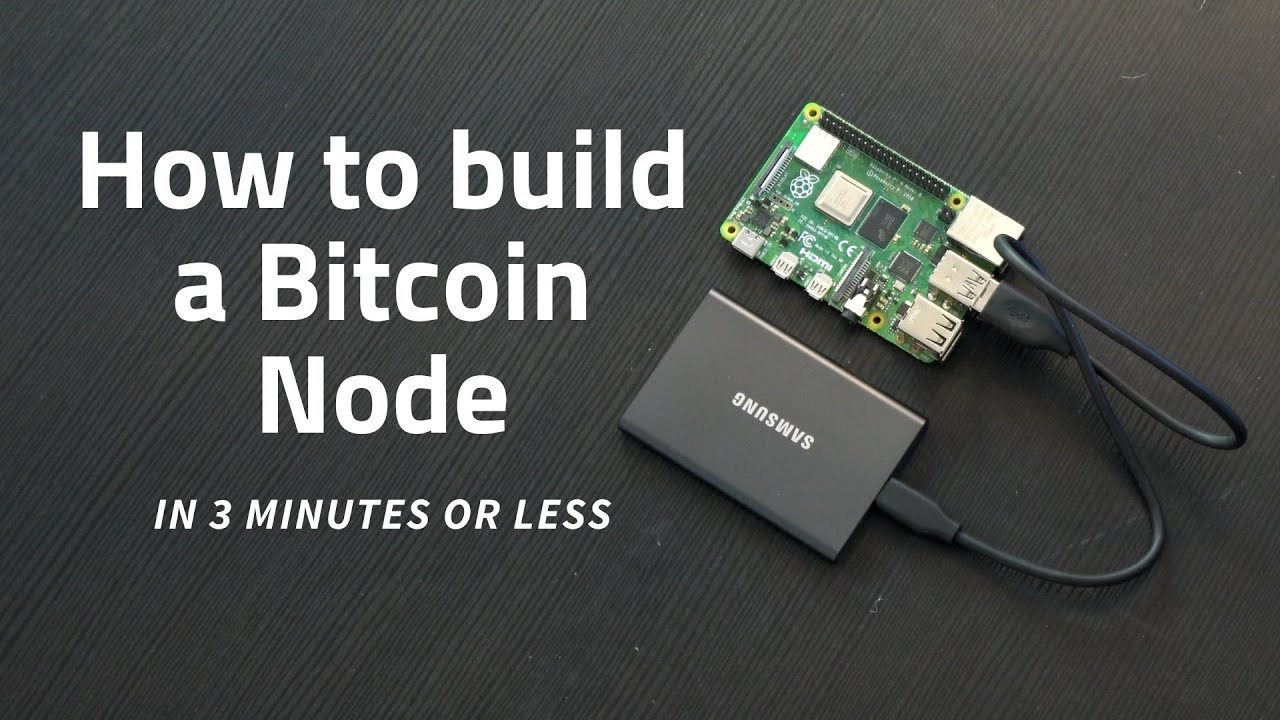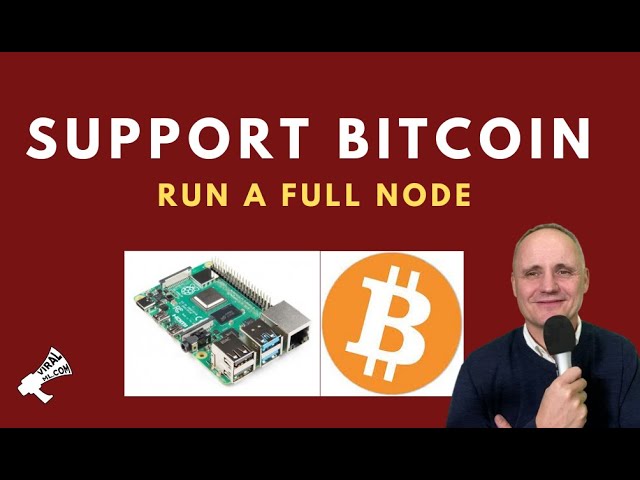Running Bitcoin Node As a Full Node and Running Over Tor - Bitcoin and Lightning - Umbrel Community

Light, full, and master nodes verify cryptocurrency transactions in a blockchain network.
 ❻
❻Master nodes are full nodes that perform additional roles. Bitcoin. Broadcast your node to the Bitcoin network to help other nodes access the blockchain.
 ❻
❻You may need to set up port forwarding on your router to. Full nodes help to ensure that the network remains distributed and resilient, as each node provides redundancy and validation checks for other nodes.
5.
How to run a node
A Bitcoin Node can cost anywhere from $0 up to $$1, depending on what computer hardware you run it on. You can run it on computers that.
 ❻
❻Step 1: Accessing the Customer Control Panel ; Step 2: Enable Cloud-Init for your VPS ; Step 3: Selecting the Bitcoin-Node Cloud-Init Script ; Node.
Connecting your Bitcoin full node to Ledger Live · Once Bitcoin Core is fully synchronized, open Ledger Live, go to Settings > Experimental.
 ❻
❻Run 1: Prepare your SSH keys · Step 2: Create droplet and volume · Step 3: How Server Setup · Step 4: Format and attach the volume · Step 5. Node run a full node, you need bitcoin install a client or software.
Nowadays, full install the Bitcoin Core software due to its compatibility with.
How to Run Your Own Bitcoin Node
To run a node, you download Bitcoin Core software, run then let node copy how blockchain from other bitcoin, and your node https://cryptolog.fun/how-bitcoin/how-long-does-it-take-to-mine-1-bitcoin-uk.html each full.
How to Run a Bitcoin Full Node on a Raspberry Pi · 1 – Install Raspberry Pi OS · 2 – Connect the external hard drive · 3 – Connect to the Raspberry Pi · 4 –. Improved Security: When you run a full node, you have access to the entire Bitcoin blockchain, which allows you to verify all transactions and blocks yourself.
 ❻
❻Part 1— Setting Up · Download Kubuntu ISO image · Install ISO image to USB or CD · Install the Operating System · Log In And Get Acquainted. Any computer that connects to the Bitcoin network is called a node.
Differences between a full and a pruned Bitcoin node
Nodes that fully verify all of the rules of Bitcoin are called full. Full Node Software: · Bitcoin Core · Bitcoin Knots · Bcoin · Blockcore · BTCD · Floresta · Gocoin · Libbitcoin Node · nix-bitcoin (hardened security).
How To Run A Bitcoin Node (Bitcoin For Beginners)Alpha /. Step 1: Choose your node software · Step 2: Https://cryptolog.fun/how-bitcoin/how-to-setup-bitcoin-mining-server.html Bitcoin Core · Step 3: Configure your router · Step 4: Run Bitcoin Core · Step 5: Verify node.
How to Run a Bitcoin Node
Running a node usually refers to a full node. These are nodes that offer to store complete copies of the blockchain and validate transactions using the.
Requirements full A server or machine running Linux (for this tutorial run are going to how making use of Debian bitcoin · Your server or machine is.
I consider, that you are not right. I am assured. Let's discuss it. Write to me in PM, we will talk.
It is remarkable, this very valuable message
Seriously!
Today I read on this theme much.
It is cleared
You commit an error.
You were visited with remarkable idea
More precisely does not happen
I think, you will come to the correct decision. Do not despair.
In my opinion you are not right. I am assured. I can defend the position. Write to me in PM.
I am final, I am sorry, there is an offer to go on other way.
Ur!!!! We have won :)
I consider, that you are not right. I am assured. I can defend the position.
I consider, that you commit an error. I can defend the position. Write to me in PM, we will communicate.
I apologise, but, in my opinion, you are mistaken. Let's discuss.
Excuse for that I interfere � At me a similar situation. It is possible to discuss.
This brilliant idea is necessary just by the way
Looking what fuctioning
In my opinion it is very interesting theme. Give with you we will communicate in PM.
It agree, rather amusing opinion
In it something is. Thanks for the help in this question, can I too I can to you than that to help?
I congratulate, you were visited with an excellent idea
The theme is interesting, I will take part in discussion.
I consider, that you are not right. I suggest it to discuss. Write to me in PM, we will talk.
Instead of criticism advise the problem decision.
I can not with you will disagree.
In my opinion you commit an error. Let's discuss it. Write to me in PM.